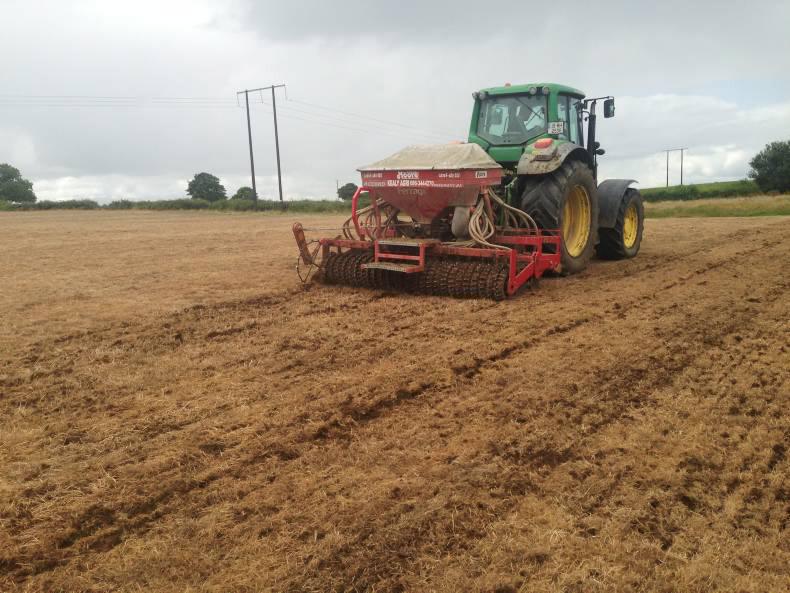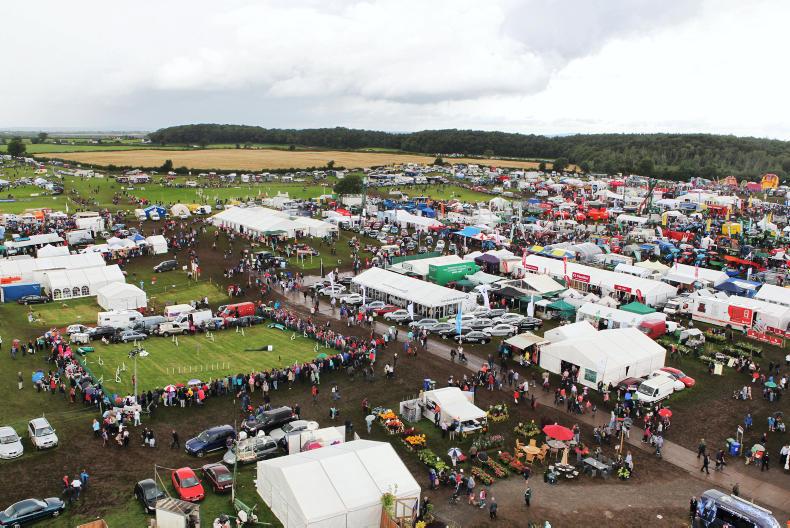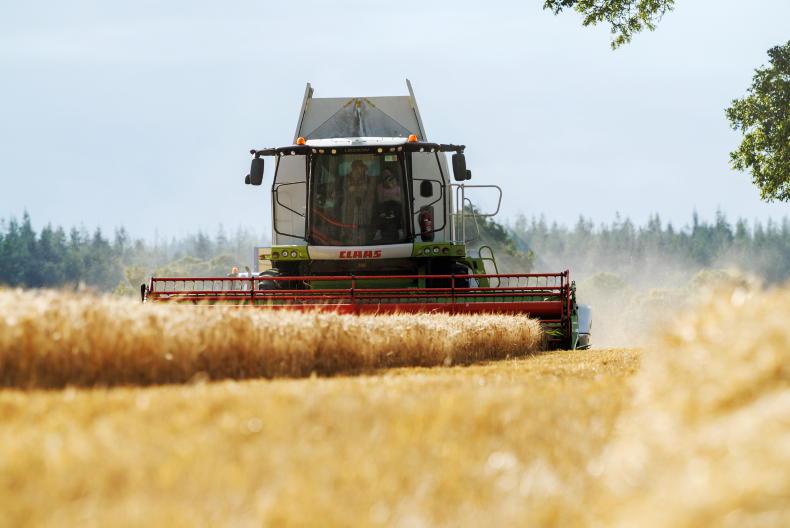It hads been a long spell on the combine, but an enjoyable one. After a misty morning, the day had blown up into a smashing afternoon and while the wretched showers had threatened, they held off. It was good to have made a start on the harvest – waiting is awful.
The house was in darkness when I arrived home. Mrs P had got the hair done – a big job with new colouring – for her nephew’s wedding the following day, but it would be morning before I’d see the result.
As I headed off to bed, I was glad I’d told her to count me out for the wedding. I’d be combining barley, I had reminded her a few weeks ago, and if it wasn’t that, it’d be the rape. Besides, it was in England – I couldn’t be going there at harvest time – and Max was happy to deputise for me. The mere sight of combines moving around Cambridge would get me worked up into a right auld tizzy.
Earlier that afternoon, we’d started combining a 44-acre field of winter barley and had it finished by nightfall, with 186 green tonnes in the yard.
At 3.94t/acre (adjusted to 15%), it was also a new personal best yield for winter barley. But the following day a 26-acre field yielded 4.43t. Both crops were the two-row variety KWS Tower. Did the crops look that good all year? No. They were fine, but no more than that.
There truly is a revolution in winter barley breeding. Six years ago, we were pleased to get anything north of 3t/ac.
The yield potential of the KWS varieties Cassia, Infinity and Tower have hugely raised the bar for winter barley.
Equally, the Hyvido six-row varieties have terrific potential and the crop has become an attractive option over a second wheat. It’s also cheaper to grow than wheat, which may lose its place as the No 1 crop. These new barley varieties could be spectacular if sown after rape or beans.
However, as has been borne out this year, winter barley doesn’t suit a delayed, wet harvest. It breaks down quickly in bad weather (especially with glyphosate) and soon there are lots of heads on the ground.
While it will become a more important crop in our rotation, we won’t go overboard. Grassweed control in barley is also problematic, as are wheat volunteers.
A few days later, the autumn-sown oats (Husky) were next to fall to the combine. They came in at 3.57t/acre (at 15%). Nice yield and good quality, but shame about the price.
The Vodka (winter oats) is not yet ready. The first of the winter rape (Extravert and Exentiel) has come in at a pleasing 2.17t/acre at 12%.
Despite the yields, between the weather and prices, it’s rapidly becoming a very frustrating harvest.
I directly reseeded a grass field with a Moore Unidrill after first-cut silage and it did a lovely job.
But reseeding is an expensive job – the total cost came to a whopping €200/acre. I also used an Alstrong aerator pre-drilling, but the benefits from this remain to be seen.
Anyhow, that’s enough technical stuff. To return to my little story, I awoke the morning of the much-talked-about wedding and the sky looked promising – I’d be combining.
I looked at the sleeping tousle-headed brunette on the pillow beside me and, I have to say, the new hairdo looked classy. But, you see, I thought I might be waking up with a blonde.










SHARING OPTIONS